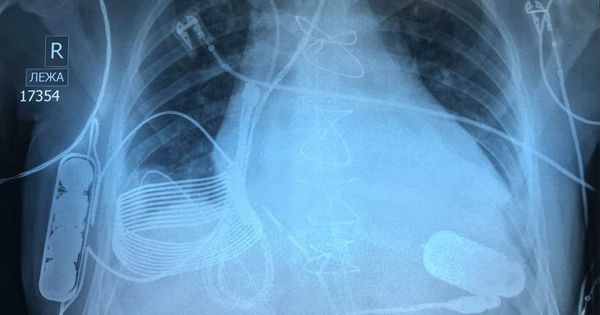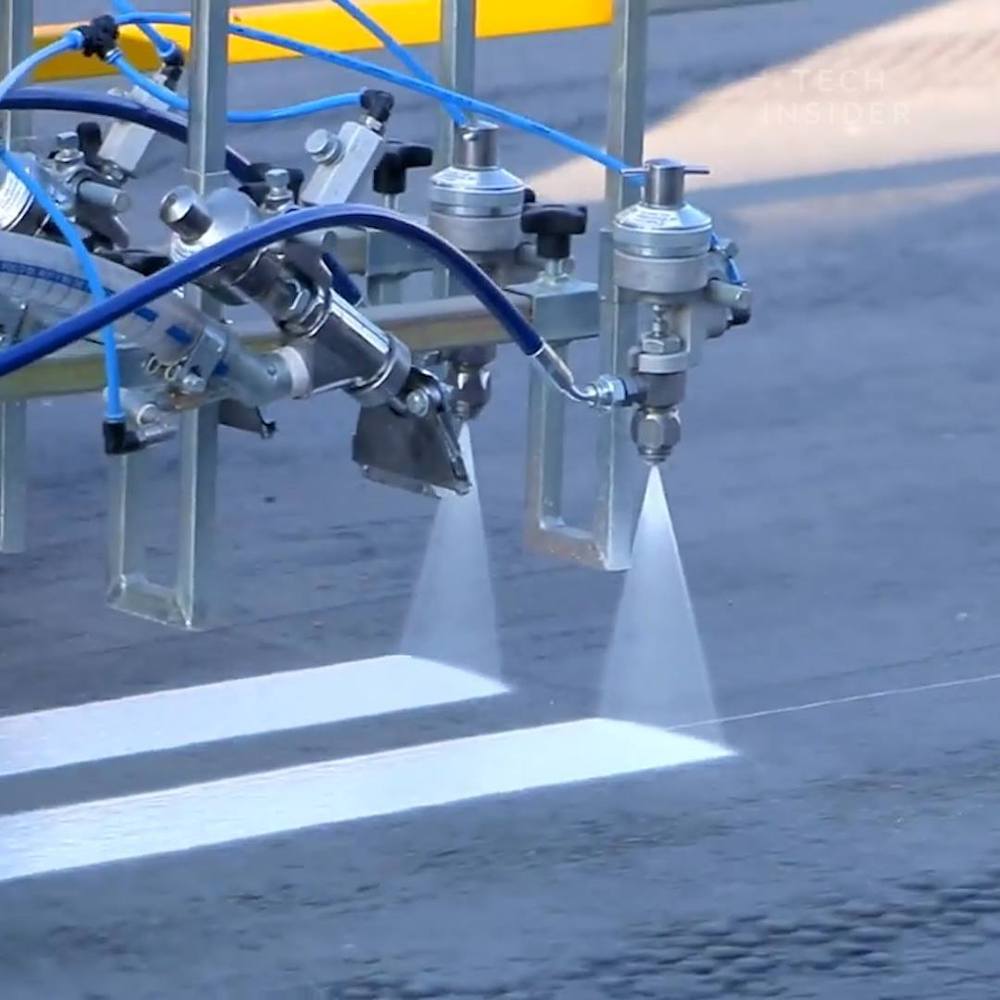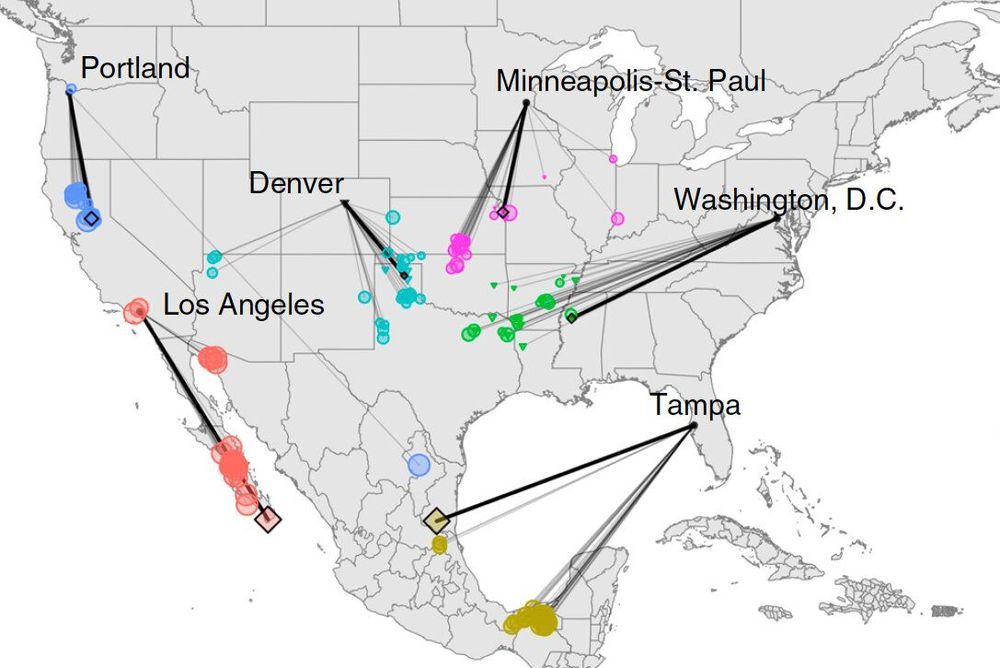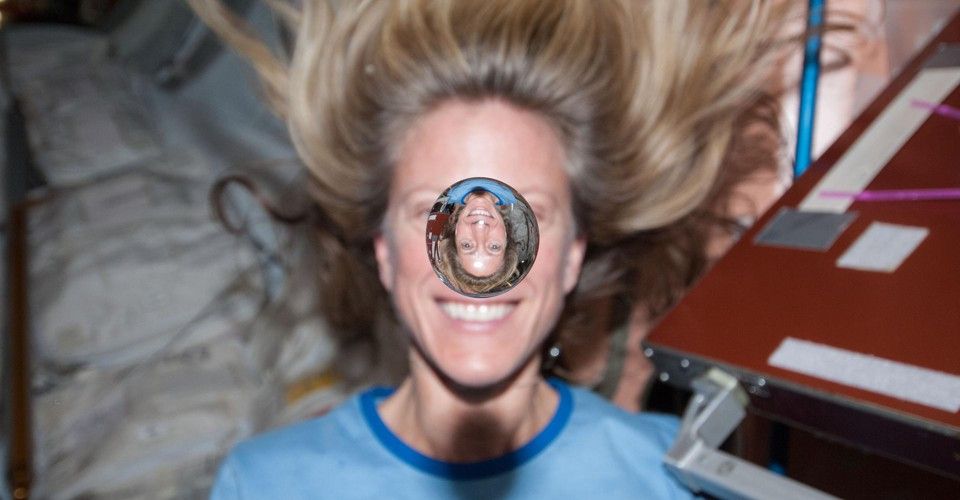Feb 13, 2019
Europe’s next €1-billion science projects: six teams make it to final round
Posted by Derick Lee in categories: biotech/medical, robotics/AI, science, solar power, sustainability
The six newly shortlisted initiatives include: a project that would explore how AI can enhance human capabilities; one to hasten clinical availability of cell and gene therapies; a personalized-medicine initiative; two projects that aim to make solar energy more efficient; and a humanities project called the Time Machine, which seeks to develop methods for enabling digital search of historical records in European cities.
AI enhancement and a virtual time machine are included in the shortlist of pitches.


















